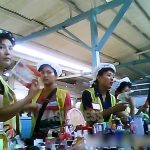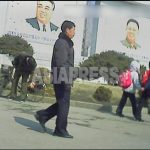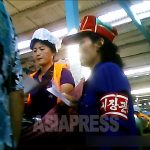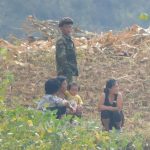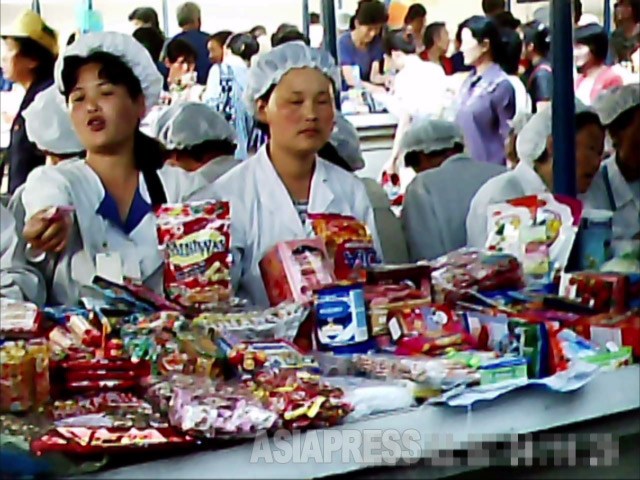
◆ Residents baulk at resource demands for state projects
--Are they controlling the markets?
“So far, no South Korean products have been allowed to be sold at the markets. Fancy clothes with English letters or Chinese characters largely printed on them are also not allowed. But there are no other regulations really. There is more opposition to the authorities demands for funds, rather than the authorities’ market regulations.
The authorities demand money to support the military as well as the construction of the Samjiyon tourist zone and a far-off power plant. However, the amount we are to give is not set and is supposed to symbolize our degree of loyalty. How well a vendor does at the market is determined by the location of their stall, which is decided by how much money the vendor gives in support to the authorities. Many say that ‘people are dying due to these funding demands.’”
--Is it true that food distribution to Pyongyang citizens has been suspended?
“No, ration distributions were reintroduced in the second half of last year. We receive rations that are 1 part Chinese rice to 9 parts corn- this is the ration for all households. You can only survive off it for a week, so additional cash income is essential. Rations from workplaces and companies can vary widely depending on how business is doing.”
※ The food distribution system almost collapsed in the 1990’s due to the deterioration of the national economy. Pyongyang residents were the only ones to continue receiving rations. North Koreans have called the rations ‘capital rice.’ Even Pyongyang residents had rations discontinued, however, at the end of 2018 and beginning of 2019, when the economic crisis worsened due to sanctions. (Though some say it was discontinued in 2017). According to the trade official, the distribution service was revived in late 2019, following President Xi Jinping’s pledge to provide large-scale food aid during his visit to North Korea in June.
Next page :Apartment prices crash but there are no buyers...
